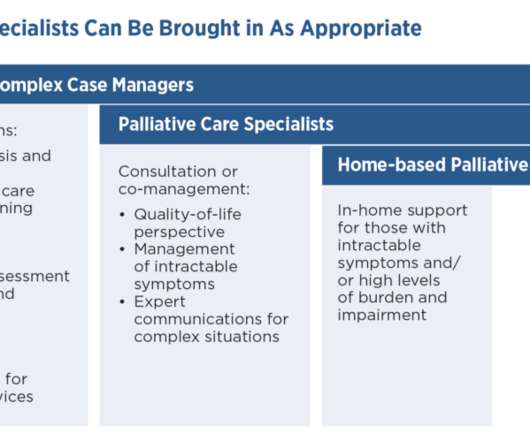OSF deploys care transition program, reduces readmission rate from 29% to 9%
Healthcare It News
JUNE 24, 2024
THE PROBLEM This issue stemmed largely from gaps in continuous care during transitions between these settings. "The existing systems were fragmented, with each care setting operating in a silo ," he explained. "All interventions and patient outcomes are thoroughly tracked and analyzed," he added.











Let's personalize your content